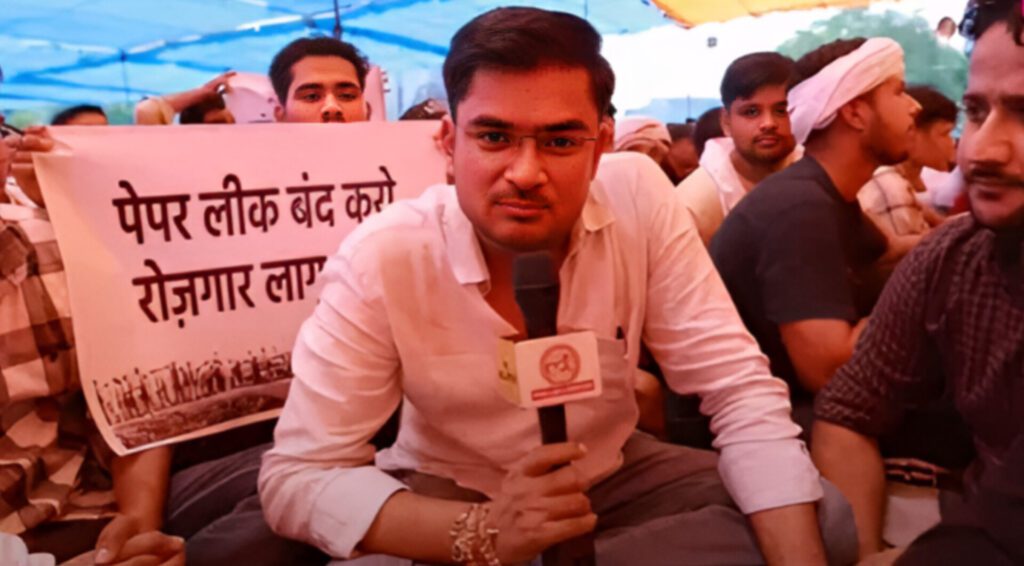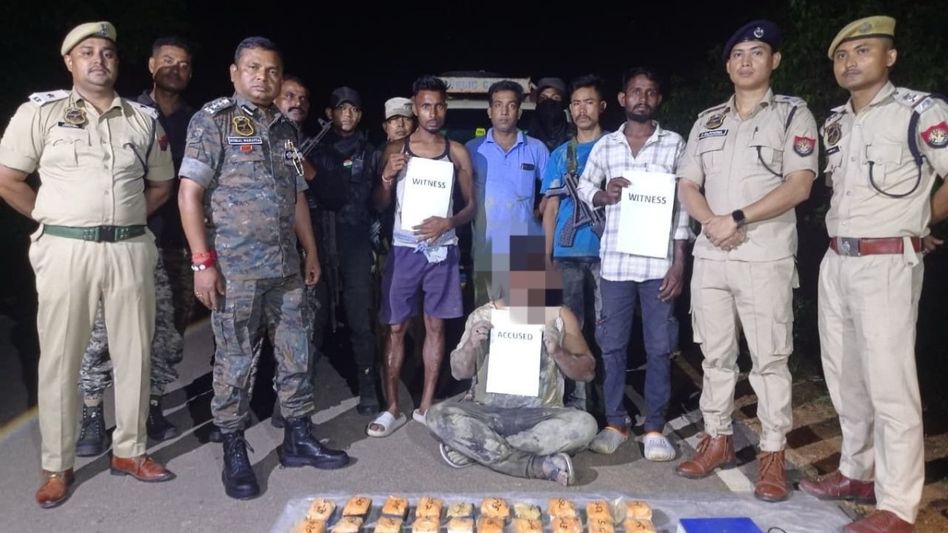KalimNews and Agencies, May 12, 2025 : During a press conference addressed by General Rajiv Ghai, Director General Military Operations; Air Marshal A.K. Bharti, Director General Air Operations; and Vice Admiral A.N. Pramod, Director General Naval Operations the details of the Operation Sindoor was explained. The session was introduced by Major General S.S. Sharda.
At the media briefing, Lieutenant General Rajiv Ghai stated that the Chief of Army Staff has granted full authority to the Indian Army to counter any further misadventure from Pakistan.
“My communication with the Pak DGMO was conducted at 15:35 hrs yesterday and resulted in cessation of cross-border firing and air intrusions by either side with effect from 17:00 hrs on the 10th of May, after he proposed that we cease hostilities. We also decided to further speak on the 12th of May at 12:00 hrs to discuss the modalities that would enable the longevity of this understanding.
However, disappointingly, and expectedly, it took only a couple of hours for the Pakistan Army to violate these arrangements by cross-border and cross-Line of Control firing, followed by drone intrusions through last night and the early hours of today. These violations were responded to robustly.
We have, earlier today, sent another hotline message to my counterpart highlighting these violations of the understanding between the DGMOs on the 10th of May and our firm and clear intent to respond to these fiercely if repeated tonight, subsequently, or later. The Chief of Army Staff has granted full authority to our Army Commander for counteraction in case of any violation by Pakistan,” he said.
Air Marshal A.K. Bharti stated that Operation Sindoor had the desired effect on enemy targets and emphasized that it is not the responsibility of the armed forces to count body bags.
“Whatever methods and whatever means we have chosen, it had the desired effects on the enemy targets. How many casualties? How many injuries? Our aim was not to inflict casualties, but in case there have been, it is for them to count. Our job is to hit the target, not to count the body bags,” he said.
Vice Admiral A.N. Pramod affirmed that India’s response has been measured and non-escalatory.
“In the aftermath of the cowardly attacks on innocent tourists at Pahalgam in Jammu and Kashmir by Pakistan-sponsored terrorists on 22nd April, the Indian Navy’s carrier battle group, surface forces, submarines, and aviation assets were immediately deployed at sea with full combat readiness. We tested and refined tactics and procedures at sea during multiple weapon firings in the Arabian Sea within 96 hours of the terrorist attack.
Our forces remained forward deployed in the Northern Arabian Sea in a decisive and deterrent posture with full readiness and capacity to strike select targets at sea and on land, including Karachi, at a time of our choosing. The forward deployment of the Indian Navy compelled Pakistani naval and air units to adopt a defensive posture, mostly remaining inside harbours or close to the coast, which we monitored continuously.
Our response has been measured, proportionate, non-escalatory, and responsible from day one. As we speak, the Indian Navy remains deployed at sea in a credible deterrent posture to respond decisively to any inimical action by Pakistan,” he said.
More than 100 terrorists, including high-value targets such as Yusuf Azhar, Abdul Malik Rauf, and Mudasir Ahmed, were eliminated during Operation Sindoor on May 7, the Indian military confirmed on Sunday. Nine terror sites were hit after careful deliberations using precision weapons, Lieutenant General Rajiv Ghai noted at the briefing. 5 army personnel and several civilians of India died, he added.
He added that the Pakistan Army is reported to have lost 35 to 40 personnel between May 7 and 10 during the military offensives.
The army officials stated that numerous locations such as Muridke—the hub of Lashkar-e-Taiba—have over the years bred infamous terrorists such as Ajmal Kasab and David Headley. India achieved total surprise, and the strikes across nine identified terror hubs resulted in over 100 terrorists being killed, including the aforementioned high-value targets involved in the hijacking of IC-814 and the Pulwama attack.
Following these strikes, the Line of Control was once again violated by Pakistan. Their erratic and rattled response was apparent in the shelling of civilian areas, inhabited villages, and even religious sites such as gurdwaras—tragically leading to civilian casualties. The Indian Air Force played a major role in neutralizing terror camps, while the Indian Navy provided precision munitions support.
Pakistan resumed ceasefire violations along the LoC, which escalated into fierce retaliatory engagements. On the nights of May 8 and 9, starting around 22:30 hrs, Indian cities experienced mass drone and UAV raids—from Srinagar to Naliya—in relentless waves. Due to India’s prepared air defence systems, no damage occurred to military installations or civilians.
The enemy, once again, attempted to escalate conflict, and India responded in a measured, calibrated manner. Military targets, including SAM sites at Malcant and surveillance radar stations at Lahore, were successfully struck. These actions were followed by coordinated attacks on airbases and command centers across the western front.
Key targets included bases at Jaklala, Rafiqui, Rahim Yar Khan, Chaklala in Rawalpindi near Islamabad, Murid in Chakwal, Sukkur and Chunian followed by strikes on Soda, Holari, and Jacobabad. India also targeted the C2 centers at Murid, the UAE complex at Rafiqui in Shorkot, and a radar facility at Junia.
Importantly, the Pakistan Army has not crossed the International Boundary, either in the plains or along the LoC. Air intrusions and ceasefire violations were accompanied by attempts to infiltrate and carry out hostile acts. Whether by terrorists, the Pakistan Army, or its special forces and commandos, these efforts have all been effectively thwarted by Indian forces.








